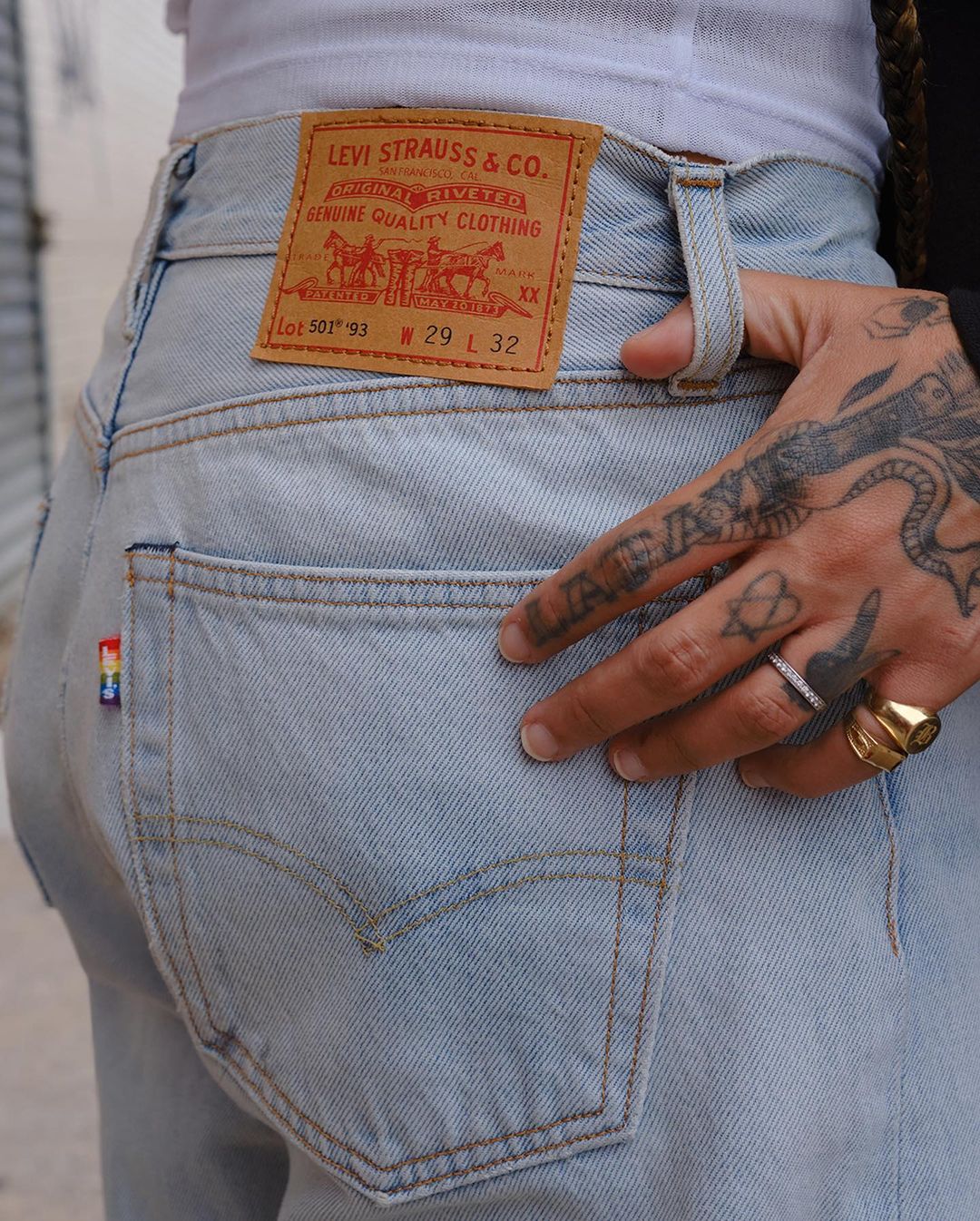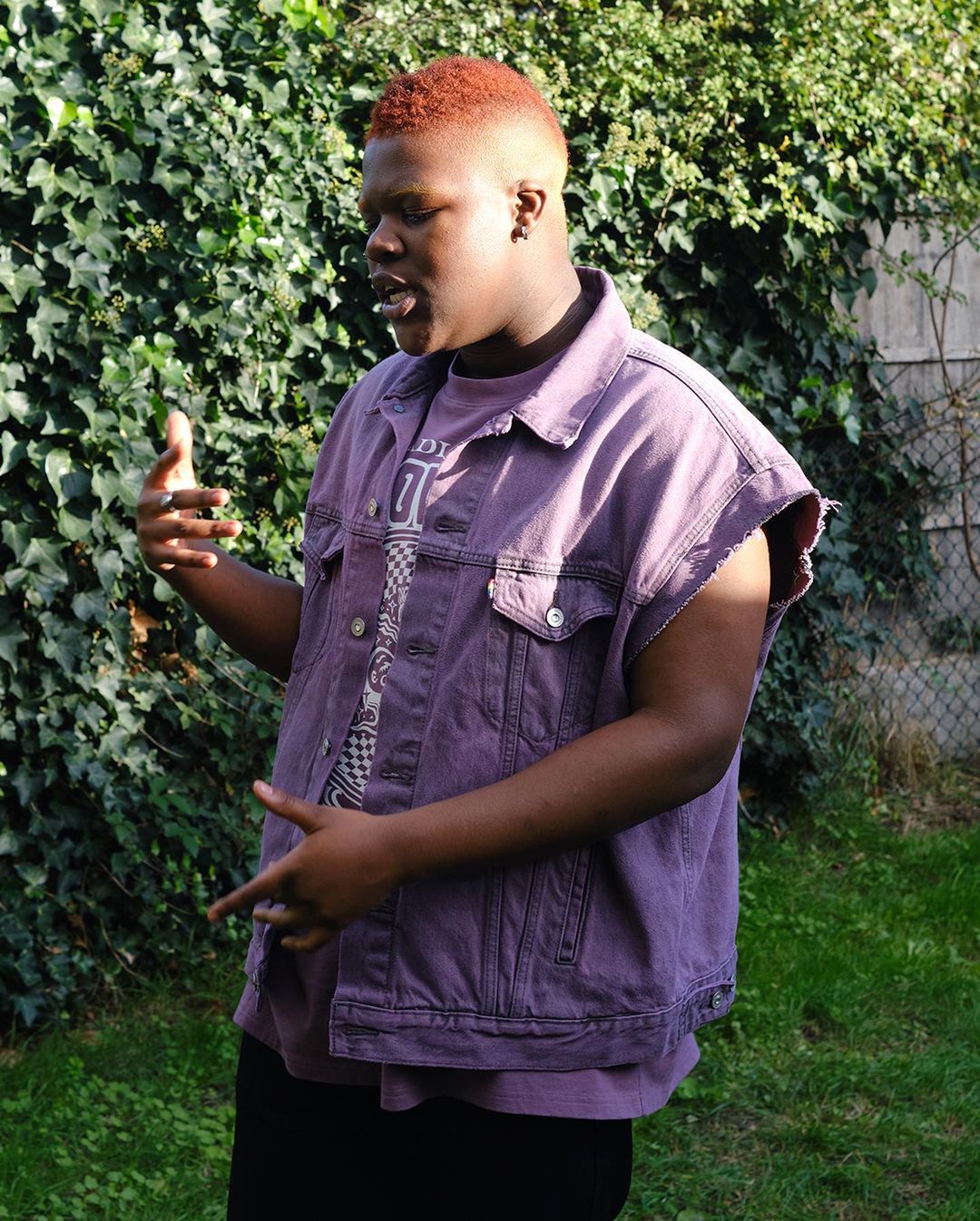Denim is a fabric that has undergone a remarkable evolution, transitioning from its humble origins as workwear to becoming a fashion staple beloved by people worldwide
Denim’s journey traces back to the 19th century when denim was first introduced and gained popularity due to its exceptional strength and durability. Over the years, this fabric has experienced a transformation that extends far beyond its utilitarian roots, making it an iconic symbol of both comfort and style.
RELATED: The Quiet Luxury Guide Book as Seen on Local Celebrities

Origins of denim: From Serge de Nîmes to Levi Strauss
The story of denim begins with its invention in the late 18th century in Nîmes, France. Originally known as “serge de Nîmes,” the fabric was made from a blend of silk and wool fibers, offering durability and resistance to wear. However, it was in the United States that denim truly found its place in history. In the mid-19th century, a San Francisco-based entrepreneur named Levi Strauss recognized the potential of denim for workwear, specifically for miners and laborers seeking durable clothing for demanding tasks.
In collaboration with tailor Jacob Davis, Levi Strauss patented a design in 1873 that incorporated metal rivets at points of strain, reinforcing the fabric’s strength. This innovation led to the birth of the modern denim jeans we know today. The durability of denim, combined with its comfortable fit and practicality, made it an immediate hit among workers, especially during the Gold Rush and the era of westward expansion in the United States.

Denim in pop culture: Hollywood and rebellion
Denim’s association with workwear continued into the early 20th century as it became a staple fabric for cowboys, railroad workers, and farmers. However, the fabric’s transformation from functional work clothing to a fashion statement began in the mid-20th century. Hollywood played a significant role in popularizing denim, as iconic actors such as Marlon Brando and James Dean wore denim jeans in their movies, creating a sense of rebellion and rugged masculinity.

Denim transcends gender: A versatile fashion item
In the 1950s and 1960s, denim gained cultural significance beyond its practical use. It became a symbol of youth rebellion and counterculture movements embraced by the emerging rock ‘n’ roll scene and the fashion-forward youth of the time. Denim jeans became a form of self-expression and a rejection of traditional norms, associating themselves with a sense of freedom and individuality.
During this period, denim was primarily associated with men’s fashion. However, in the 1970s, it started to transcend gender boundaries, with women eventually adopting denim jeans as a versatile fashion item. The introduction of various styles, such as flared jeans and bell-bottoms, added diversity to the denim landscape. It then became a canvas for personal style, allowing individuals to experiment with different fits, washes, and embellishments.

Denim goes high fashion: From casual to couture
The 1980s witnessed denim’s integration into high fashion. Renowned designers, including Calvin Klein and Gloria Vanderbilt, incorporated denim into their collections, elevating its status from casual wear to a fashion statement. Denim skirts, jackets, and dresses emerged as popular choices, further diversifying the ways in which denim could be worn.

Denim in the 1990s: Grunge and authenticity
In the 1990s, denim experienced a cultural resurgence. The grunge fashion movement took center stage, with artists like Kurt Cobain and bands like Nirvana embracing denim as a representation of their alternative and anti-establishment ethos. Denim became synonymous with an efortless laid-back style that resonated with a generation seeking authenticity and simplicity.

Denim in the 21st century: Innovation and sustainability
As fashion moved into the 21st century, denim continued to evolve and adapt to the changing tastes of consumers. Designers pushed the boundaries by experimenting with distressed finishes, different cuts, and innovative washes. It became a canvas for artistic expression, with graffiti-inspired designs, intricate embroidery, and patchwork becoming popular trends.
Moreover, sustainable denim production has gained prominence in recent years after an increased focus on ethical sourcing, eco-friendly dyeing processes, and recycling initiatives. Conscious consumers are now seeking out denim brands that prioritize sustainability and reduce the environmental impact of production.

Denim today: A fashion staple for every occasion
Nowadays, denim is firmly established as a fashion staple, transcending generations and cultures. It effortlessly bridges the gap between casual and formalwear, offering versatility and comfort for various occasions. Denim jeans can be found in a plethora of styles, including skinny, straight-leg, boyfriend, and wide-leg, catering to different body types and personal preferences.
From its inception as sturdy workwear to its status as a fashion staple, the evolution of denim showcases its enduring appeal and cultural significance. As fashion continues to evolve, denim is sure to remain a timeless fabric that symbolizes both style and functionality, making its mark on the fashion industry for years to come.
Featured Image: LEVI’S (via Instagram)










